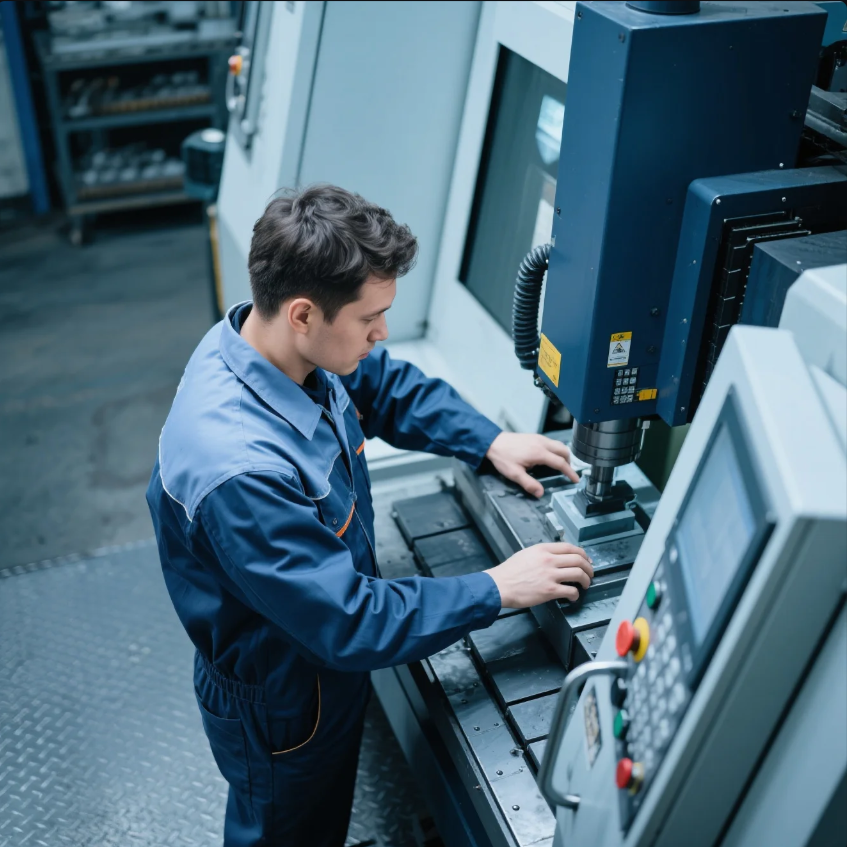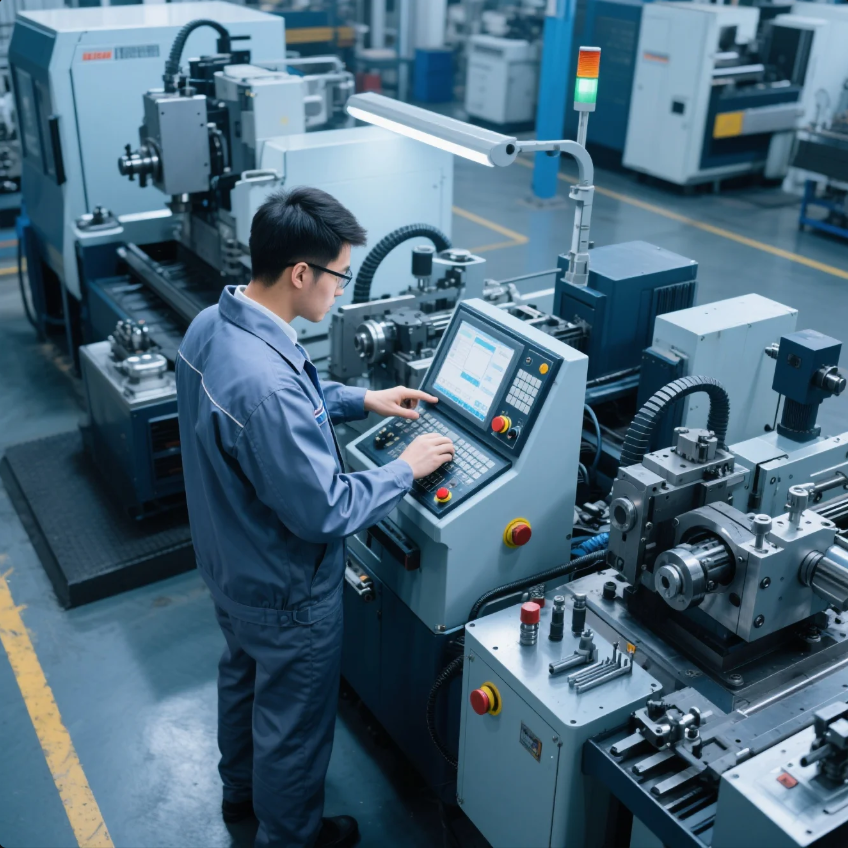Are CNC Machines Easy to Learn?

CNC (Computer Numerical Control) machines have become a key part of modern manufacturing, known for their precision and efficiency. However, many people wonder how difficult it is to learn how to operate a CNC machine. Whether you're a hobbyist or someone looking to pursue a career in machining, understanding the learning curve is essential. In this article, we’ll explore how long it takes to learn a CNC machine, whether math is involved, and why CNC machining might be considered challenging for some.
Snippet paragraph: Learning CNC machines can take time, but with the right training and dedication, anyone can master the basics. Here’s what you need to know about the learning process and the challenges you might face.
Transition paragraph: Ready to dive into CNC learning? Let's explore how long it takes, the skills involved, and whether CNC machining is a trade that’s still in demand.
How Long Does It Take to Learn a CNC Machine?

Learning to operate a CNC machine depends on several factors, such as the complexity of the machine, your prior experience with machinery, and the type of training you receive. On average, it takes a few weeks to a few months to become proficient with CNC machines, but mastery can take longer, depending on the skill level and specific tasks involved.
Timeframe for CNC Learning
- Basic Operation: For a beginner, learning to run a basic CNC machine and perform simple tasks might take about 4 to 6 weeks. This includes understanding how to load materials, set up the machine, and perform basic operations like drilling or milling.
- Advanced Skills: Mastering programming (such as G-code) and performing more complex tasks (e.g., multi-axis machining) could take 3 to 6 months, depending on the intensity of the training program.
- Specialized Applications: If you're aiming to specialize in a certain area, like aerospace or automotive manufacturing, it could take even longer to learn specific skills related to those industries.
Accelerating the Learning Process
The best way to shorten your learning curve is through hands-on experience. Taking formal courses and getting practical experience in a workshop can help you gain confidence and knowledge quickly.
Is There a Lot of Math in CNC Machining?

Yes, CNC machining involves some math, but it’s generally not as complicated as you might think. Operators need to understand basic concepts in geometry, measurements, and trigonometry to ensure accurate cuts and proper machine setup.
Types of Math Used in CNC Machining
- Basic Arithmetic: CNC operators frequently use addition, subtraction, multiplication, and division to adjust machine settings or calculate measurements.
- Geometry: Understanding shapes, angles, and dimensions is crucial for creating precise parts. Operators must know how to interpret blueprints and convert dimensions to machine settings.
- Trigonometry: In more advanced CNC operations, such as multi-axis machining, trigonometry helps operators calculate angles and tool paths.
How Math Helps
CNC machines follow precise instructions, and math is needed to ensure that the machine moves in the correct direction, depth, and speed. While it may seem intimidating at first, the math involved is usually straightforward and becomes second nature with practice.
Why Is CNC Machining So Hard?

CNC machining can be considered hard due to the complexity of the machines, the skills required to program them, and the attention to detail needed to achieve high precision.
Challenges in CNC Machining
- Complex Programming: CNC programming, especially learning to code in G-code, can be difficult for beginners. While modern machines have user-friendly interfaces, advanced operations still require understanding of programming logic and machine behavior.
- Machine Setup and Calibration: Setting up a CNC machine properly is crucial for achieving accurate results. Ensuring that everything is calibrated correctly, from tool alignment to material placement, can take time and precision.
- Maintaining Precision: Achieving the level of precision that CNC machines offer requires careful attention. Small mistakes can lead to large errors in the final product, which can be costly in both time and material.
Overcoming the Challenges
With adequate training, hands-on practice, and experience, these challenges become easier to handle. As technology improves, many of these tasks are becoming more automated, making CNC machining more accessible to new learners.
Is CNC Machinist a Dying Trade?

Despite advances in automation and technology, CNC machining is not a dying trade. In fact, CNC machinists are in high demand as industries like aerospace, automotive, and medical manufacturing require highly skilled workers to operate CNC machines and create precision parts.
CNC Machinists: In Demand
- Industry Growth: As technology continues to improve, more industries are adopting CNC machining for their production processes, creating a steady need for skilled machinists.
- Skill Shortage: While CNC machines are automated, they still require skilled operators who understand programming, setup, and maintenance. There is a shortage of qualified CNC machinists, making the trade a secure career path.
- High Demand for Precision: Industries that require high precision, such as aerospace and medical device manufacturing, rely heavily on CNC machinists to produce high-quality parts. As the need for more advanced manufacturing grows, so does the need for trained professionals.
Why It’s a Growing Field
As manufacturing continues to evolve, CNC machinists are expected to play a key role in producing parts with even more complex designs and materials. The trade may evolve, but it’s far from dying; it’s transforming with new technologies and offering opportunities for those willing to learn.
Conclusion
Learning to operate a CNC machine can be a challenging but rewarding experience. While it may take some time to become proficient, the process is accessible with the right training. CNC machining does require some math, but it’s typically manageable and becomes easier with practice. Despite its challenges, CNC machining remains a vital and growing field, offering opportunities for those who are willing to put in the work to master the craft.
Ready to dive into CNC machining? Contact Prime today for expert guidance, tools, and training resources to help you succeed in the world of CNC machining. We’re here to help you take your skills to the next level.







